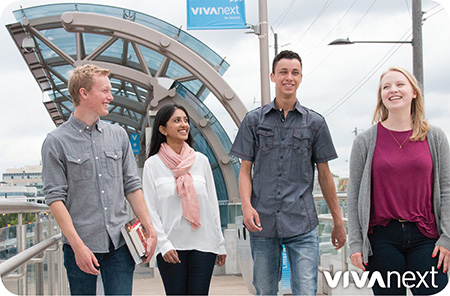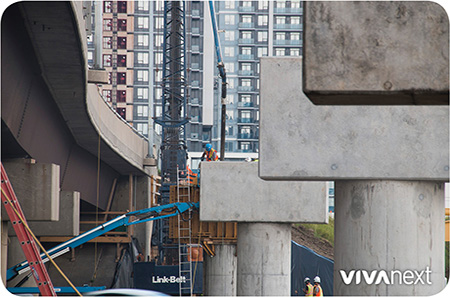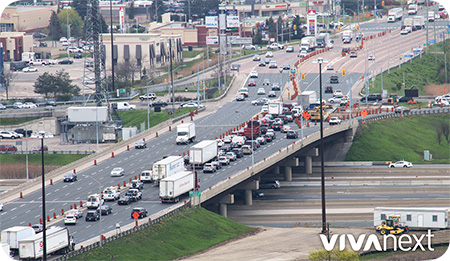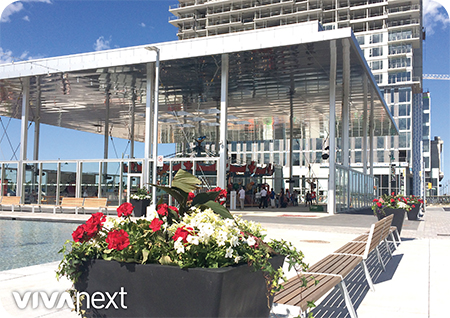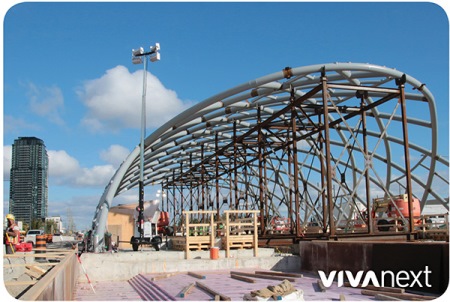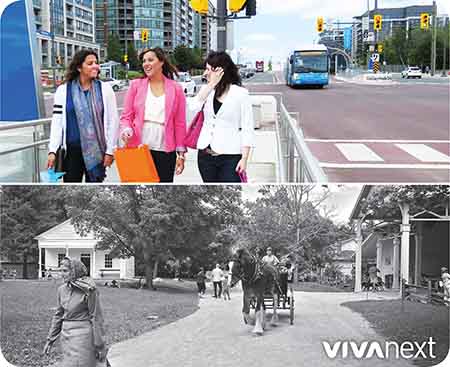
150 years ago, York Region looked vastly different than it does now. Instead of a Starbucks on every corner, wide expanses of farmland were dotted with small villages. Small settlements defined the “downtown” of each, creating a sense of community.
This sense of community has flourished as the population of these cities and towns has grown. With a population that surpassed a million in York Region; the change in population has also been reflected in the community landscapes. The once quaint small-town streets have evolved and transformed into bustling metropolitan hubs, in and of themselves. Each hub is now being enhanced with transit, connecting people to housing and jobs, and businesses offering services, shopping, dining and entertainment!
These bustling towns and cities are exciting, but if you yearn for a simpler time, a visit to Black Creek Pioneer Village [see map] may be just what you need. Whether learning how to make a candle, or being an apprentice for the day with the blacksmith, Pioneer Village gives you the opportunity to experience how early residents lived in southern Ontario.
Once the new TTC Line 1 extension to Vaughan opens this December, getting to Black Creek Pioneer Village in Toronto will be even easier! Pioneer Village is one of six new stations being added to Line 1, on Steeles West between Keele and Jane StreetsYou’ll be able to get to TTC subway easily in Vaughan, with the new Vaughan Metropolitan Centre vivastation opening on Highway 7 with direct connections from Viva to the subway station below, and a new SmartCentres Place Bus Terminal opening for YRT customers, just two-minutes’ walk north. Transit agencies in the GTA continue to ‘pioneer’ new transit for our modern age, allowing our ever-expanding communities to stay connected. Unfolding histories – made in York Region.
by Adrianna Damiano

